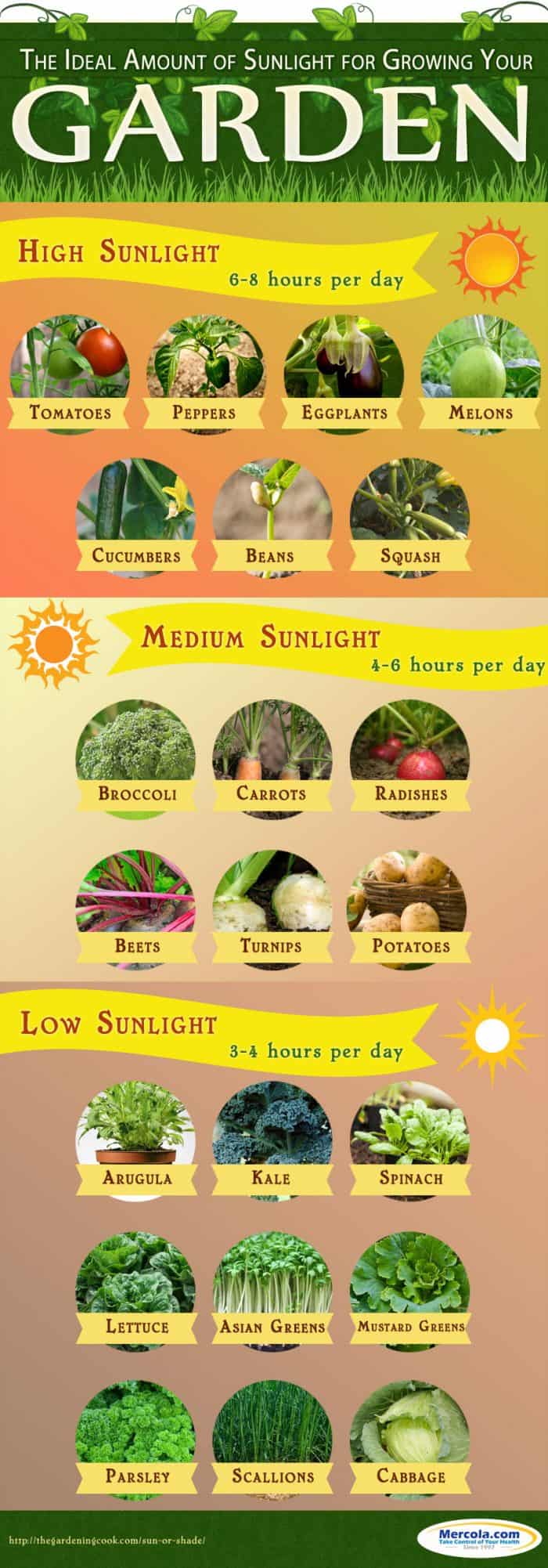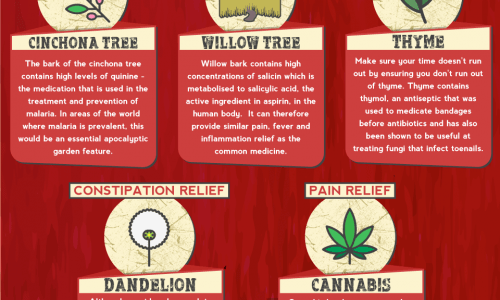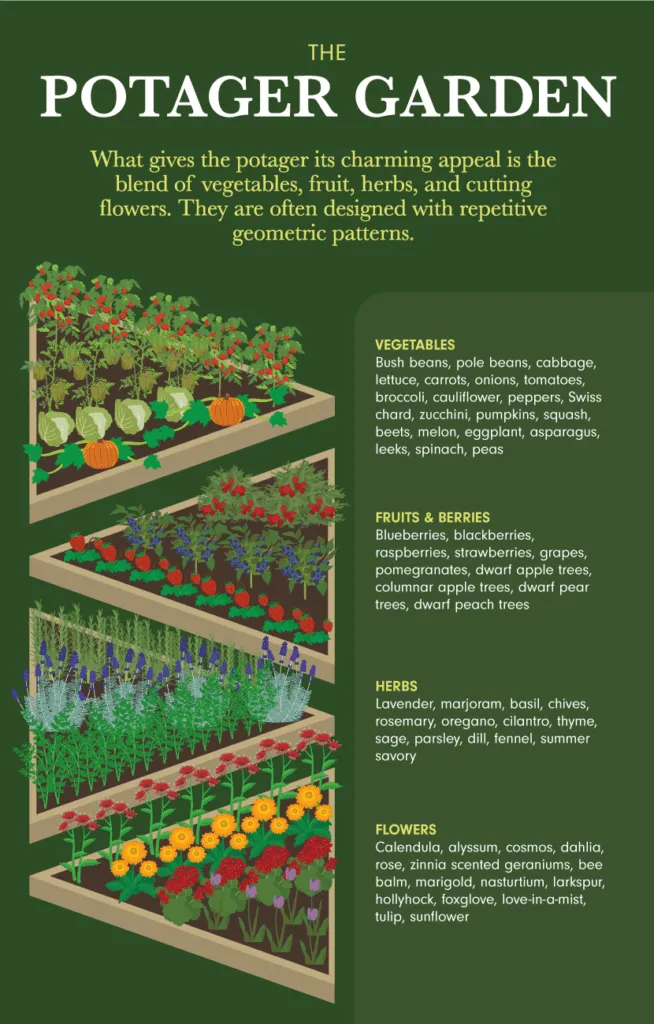
It’s a struggle every gardener eventually encounters: how do I arrange my garden so that the plants who want sunlight get it, and the plants that want shade don’t fry?
You probably already know some of the benefits of gardening. Growing your food can save you money while soothing your mind. But the therapeutic benefits only work if you’re not consumed with stress about how to arrange your garden or horror over your dying plants.
That’s where this useful guide comes in—no more guesswork about which plants to put where. You can easily see which foods are high-sunlight, medium-sunlight, or low-sunlight growers. Tomatoes, for example, are in the high-sunlight category. You’ll want to make sure tomato plants get 6-8 hours of consistent light every day, so plant them in the sunniest part of your garden. If you grow peppers or eggplants (which are fellow members of the nightshade family) then put those vegetables in a sunny spot as well.
On the opposite side of the spectrum, plants like kale or mustard greens are low-sunlight choices. These plants only want 3-4 hours a day, and exposing them to too much light could cause them to wilt and die. Get the most out of your garden by choosing the location of your plants with confidence. Who knew it could be so easy?





